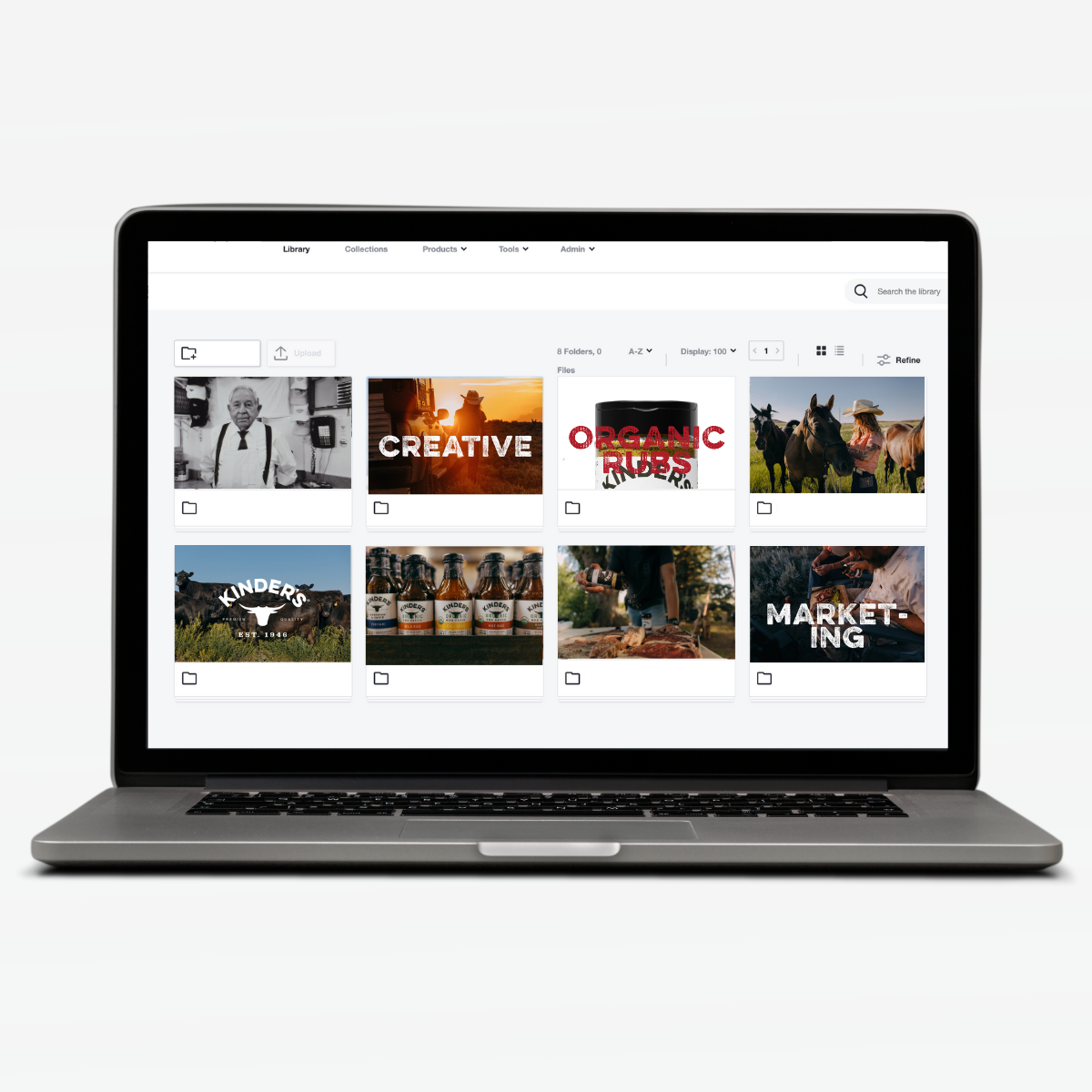5 Reasons Why the CMO Needs Digital Asset Management for Marketing Digital Transformation


This post is about perhaps the buzziest of buzzwords for marketing and the CMO. Digital Transformation. It’s a real beast to deal with because it combines two buzzwords in one. “Digital” has been used and abused enough to be almost meaningless. And “transformation” is on the shortlist of words with the greatest gap between the hype with which it gets used and reality. Some marketers will throw out “transformation” or “transforming” or “transformative” for almost anything that is greater than a 0.5% change.
With words like that involved, it’s no surprise how often “digital transformation” gets used and misused - to the tune of 35,200,000 results in Google.
I want to be as specific as I can in this post, so first I’ll dispose of some common definitions people have for digital transformation that we don’t think quite fit the bill. We like how Salesforce covers the landscape of digital transformation.
Digital transformation is not about just moving from analog to digital. That is digitization. Moving from a paper ledger to spreadsheets for accounting is an important business challenge and something that may be part of a larger digital transformation project but by itself we’d still put this in the digitization camp.
If you’re swimming in paper files or boxes of CDs and struggling with digitization challenges, stop here and jump right into some more info about digital asset management.
Digital transformation is also not about just adding digital processes. That is digitalization. This covers things like moving into digital advertising, using Quickbooks for accounting, or having a digital customer record system. As Salesforce defines, “Digitalization is using digital data to simplify how you work.”
Many organizations have moved through digitization for most of their work and are well into digitalization challenges or improvements.
Digital transformation is the next step in the evolution. For CMOs, Marketing Digital Transformation is a promise you’re likely under pressure to deliver.
So, what is it?
Here comes the buzzword problem.
One high-ranking definition is:
“Digital transformation is the profound transformation of business and organizational activities, processes, competencies and models to fully leverage the changes and opportunities of a mix of digital technologies and their accelerating impact across society in a strategic and prioritized way, with present and future shifts in mind.”
I think that says too much and also not enough.
Wikipedia simply states, “Digital transformation is the novel use of digital technology to solve traditional problems.”
That opens the door to almost every interpretation.
“Digital transformation is the process of using digital technologies to create new — or modify existing — business processes, culture, and customer experiences to meet changing business and market requirements.”
That’s much better, but what Salesforce’s c0-CEO says about it may be more important. Marc Benioff proclaims, “Every digital transformation is going to begin and end with the customer.”
The customer is what really matters, and that’s why a great first place to start in your digital transformation is with marketing.
In the end, don’t worry about the buzzwords, worry about the customer.
Instead of approaching the challenge like this:
“How can we implement a digital transformation project?”
Think about it like this:
“How can we use technology to provide the best customer experience at every point in our customer’s journey?”
That’s your marketing digital transformation mission.
With that appropriate customer-oriented focus in mind, it becomes clear how digital asset management (DAM) can be a critical tool to drive any marketing digital transformation process. In particular for CMOs, a DAM Software implementation can be the lowest hanging fruit with respect to marketing digital transformation with the fastest ROI and easiest roadmap to success.
Interested in learning more about Digital Asset Management Software? Read the guide here!
Here are five reasons why DAM is important to transform your marketing efforts:
1. Marketers Know that Content Now Drives Experience
At the heart of great customer experiences is content. That engaging, educational, entertaining, and actionable stuff your team creates every day is what makes for great experiences. There are more and more tools (too many, perhaps) to help you make content and distribute it to the right people at the right time. In fact, 88% of marketers try to provide a personalized experience. That means providing the right content at each point of the customer journey. That content has to live somewhere and be easily accessible, or directly distributed, from someplace. Your DAM is your content hub, the place where all your content for producing those great customer experiences lives.
2. Faster Time to Market
Providing those customers with great experiences at the right time means your operations have to be fast and your team nimble. Employees spend an average of 19% of their time searching for files in typical file storage options, and a DAM can dramatically improve the speed with which your team can find and use assets. Those 8-9 hours a week per person can be cut in half or more with a DAM. Having all of your content centralized and accessible also means that your team and partners have creative elements at their fingertips. Creating new campaigns happens fast and helps serve the evolving demands of your customers. Many digital asset management solutions also provide robust distribution tools (automatic file conversions, content delivery networks [CDN], etc.) ensuring that the right content gets in the right hands as quickly as possible.
3. Empowers Collaboration in Your Marketing and Sales Team
Creating amazing customer experiences takes a team and often teams are spread out across floors, across the country, or even across the world. The players making up that team may not even be part of the same organization. You may work with agencies, sales consultants, and other partners that all need to come together. A DAM allows anytime access to the assets that your team needs. It removes the silos and broken workflows that will kill any hope of digital transformation. You simply cannot provide great experiences if important assets are getting lost in people’s emails.
4. Provides Marketing Insights
You have a goal of providing amazing experiences to your customers and you can’t accomplish that goal by guessing. Crafting those experiences takes understanding of what you’re doing and recognizing areas for improvement. What assets get used most? What assets are getting old? Who is using the assets? How are they used? A DAM can provide the answers to all of these questions and more to give you the information your team needs to craft and enhance customer experiences.
5. Delivers Flexibility in Your Marketing Structure
Digital transformation to produce wonderful customer experiences takes many tools and it takes the nimbleness to connect to other tools and solutions. A modern DAM delivers the flexibility you need by connecting to other systems of record and other tools. Through an open and flexible API, the sky is the limit on what your DAM can provide in connections. Your DAM can remain your “single source of truth” for your assets while seamlessly connecting with your other important systems. That means a consistent experience for your customers and consistent and actionable flow of information passing throughout your business ecosystem.
There are many other benefits to using digital asset management but it’s clear that for digital transformation it is right at the center.
Don’t get hung up on definitions, just keep the focus on your customers. DAM lets you manage the assets to produce that amazing experience, gives the ability to provide the experience at the right time, empowers your team to build those experiences, provides the information to learn and improve, and aligns your other operations in service of the customer. So, if you’re thinking about “digital transformation” be sure to think about digital asset management.
And if you want to learn more about digital asset management and the value it can bring to your organization, take a look at our deep dive on the Value of Digital Asset Management.



